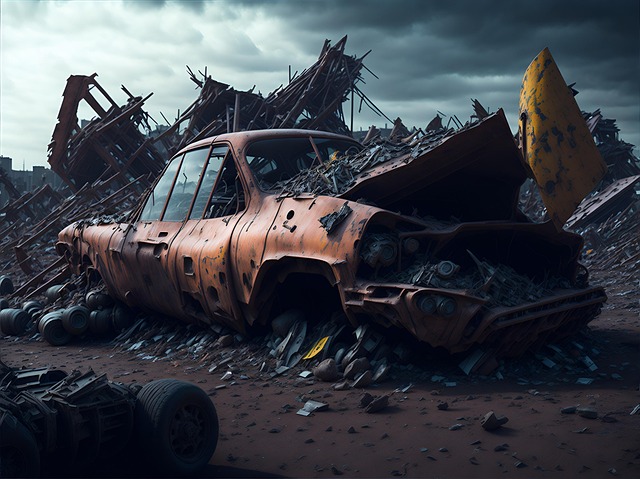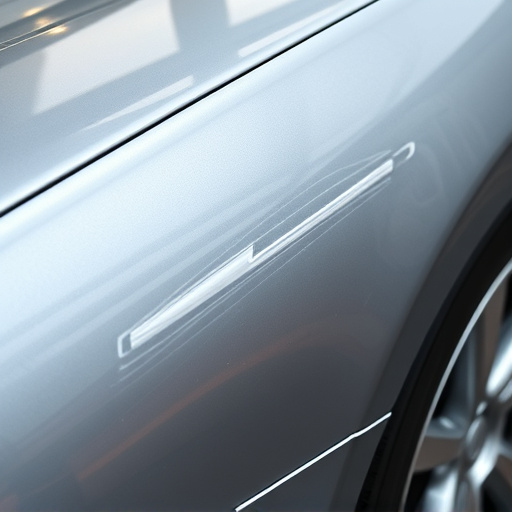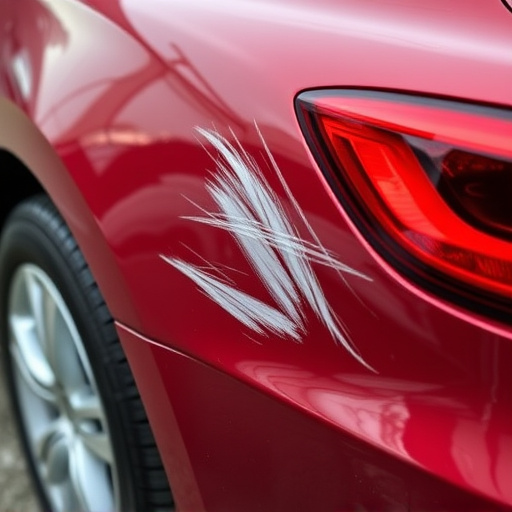TL;DR: Before restoring a paint finish, thoroughly inspect surfaces for damage (cracks, chips, fading) and environmental wear, considering age. Evaluate repair options, including paintless dent repair for cars. For older vehicles or historic structures, document unique characteristics and historical context to guide accurate restoration. Consult professionals for severe damage or complex projects.
Before diving into the intricate process of paint finish restoration, there are key considerations to ensure a successful outcome. This article guides you through an essential checklist for planning your restoration project. From meticulously assessing the current state of your paint finish, understanding its historical context, to researching suitable techniques and materials—each step demands careful thought. Craft a detailed plan, account for resources and budget, and prepare for environmental considerations to transform your space with precision and respect for the original aesthetics.
- Assess the Current State of Your Paint Finish
- – Understanding the extent of damage or wear and tear
- – Identifying unique characteristics and historical significance (if any)
Assess the Current State of Your Paint Finish

Before diving into paint finish restoration, it’s crucial to assess the current state of your surface. Start by inspecting the extent of damage or deterioration in the paint job. Look for cracks, chips, fading, or uneven texture—all signs that may indicate a need for professional intervention.
Consider factors like age, exposure to environmental elements, and previous repair attempts. If you’re dealing with car dent repair or noticeable imperfections, think about whether a paintless dent repair service could be an appropriate solution before committing to a full-scale paint finish restoration at a car body shop. This initial evaluation will help guide your decisions and ensure the best outcome for your project.
– Understanding the extent of damage or wear and tear

Before scheduling paint finish restoration, it’s crucial to assess the true extent of damage or wear and tear on your vehicle’s bodywork. This isn’t just about visual imperfections; it involves examining the structural integrity of the auto body repair. Dents, scratches, rust spots, and other issues may require more than a simple touch-up—they might necessitate comprehensive automotive collision repair to ensure the safety and longevity of your vehicle.
A thorough inspection will help you understand if the paint finish restoration is a mere cosmetic enhancement or part of a broader auto body repair process. In cases of severe damage, such as significant dents, cracks, or extensive rusting, it’s essential to consult with professionals who specialize in these areas. They can provide expert advice and perform the necessary work, ensuring your vehicle not only looks its best but is also safe to drive.
– Identifying unique characteristics and historical significance (if any)

Before embarking on a paint finish restoration project, it’s crucial to take a step back and appreciate the unique characteristics and historical significance of the surface in question. This is especially important for older vehicles or architectural structures that hold cultural value. Each piece of history should be carefully documented and considered during the restoration process to ensure authenticity and preserve the item’s past glory.
Identifying these features requires meticulous observation and research. For instance, original paint colors, textures, and even minor imperfections can offer clues about the object’s age, origin, and former owners. In the context of auto frame repair or bumper repair, understanding the historical context might involve studying vintage photos or consulting with automotive enthusiasts to ensure the restoration accurately reflects the vehicle’s intended era. Similarly, for architectural structures, researching historical records and designs can help guide the paint finish restoration process, ensuring it aligns with the building’s original aesthetic.
Before embarking on a paint finish restoration, thoroughly assessing your current state is paramount. Understanding the extent of damage or wear and tear, as well as identifying unique characteristics and historical significance (if any), ensures a successful and meaningful renovation. By carefully evaluating these factors, you’ll be better equipped to navigate the process, from preserving timeless aesthetics to enhancing modern appeal, ultimately achieving a restored paint finish that resonates with your space’s story and your personal vision.













